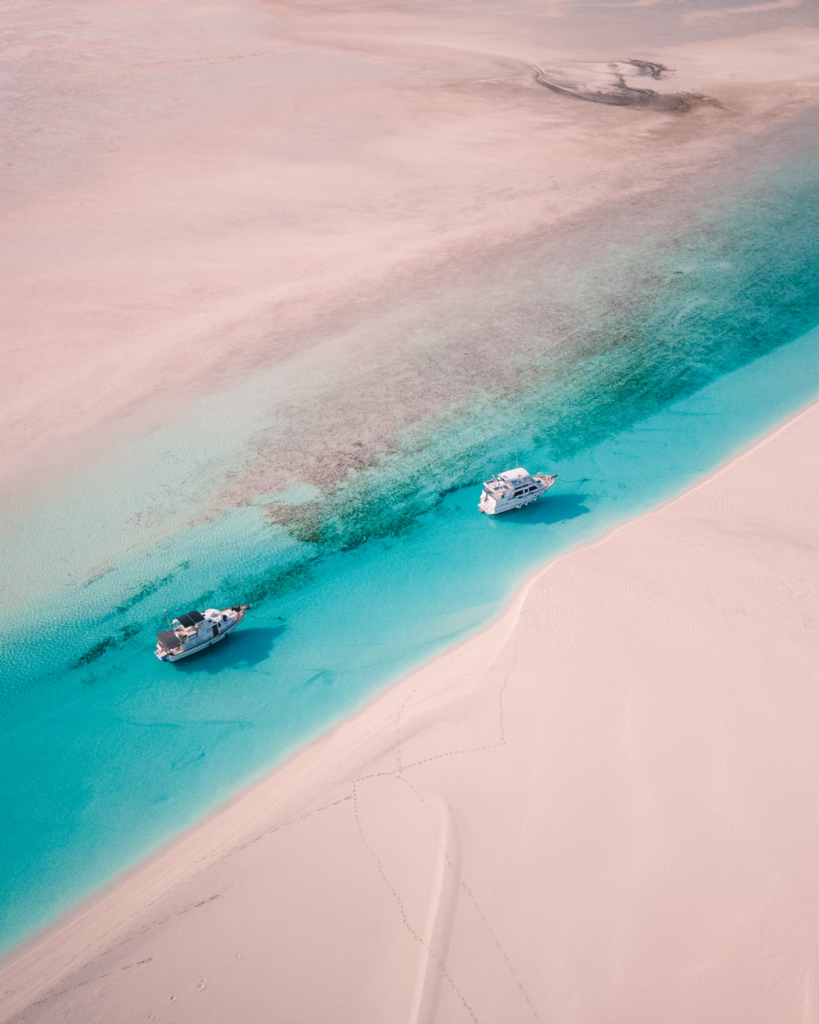
The Bahamas is renowned for its crystal-clear waters, vibrant coral reefs, and abundant marine life, but one of its biggest draws is the chance to dive with sharks. With over 700 islands and cays, the Bahamas offers some of the world’s most diverse and reliable shark diving. For shark fans, this is a dream destination.
Not only are these waters home to a diverse array of shark species, but they also provide year-round diving opportunities in clear, warm waters. Whether you’re seeking an encounter with impressive tiger sharks, oceanic whitetips, hammerheads, or docile reef sharks, the Bahamas offers it all.
Why The Bahamas is a Shark Diver’s Paradise
The Bahamas created a shark sanctuary in 2011 that banned commercial shark fishing in its waters. This commitment allowed shark populations to thrive, making it one of the most reliable locations to encounter a wide variety of shark species up close.
The country’s geography plays a huge role in its appeal to divers. With its extensive shallow banks, drop-offs, and proximity to the deep Atlantic Ocean, the Bahamas creates the perfect conditions for both pelagic and reef shark species to coexist.
As well as iconic shark diving destinations like Tiger Beach, Cat Island, and Bimini, the Bahamas also offers other opportunities for shark diving throughout its many islands; from open-water pelagic dives to relaxed reef shark encounters.
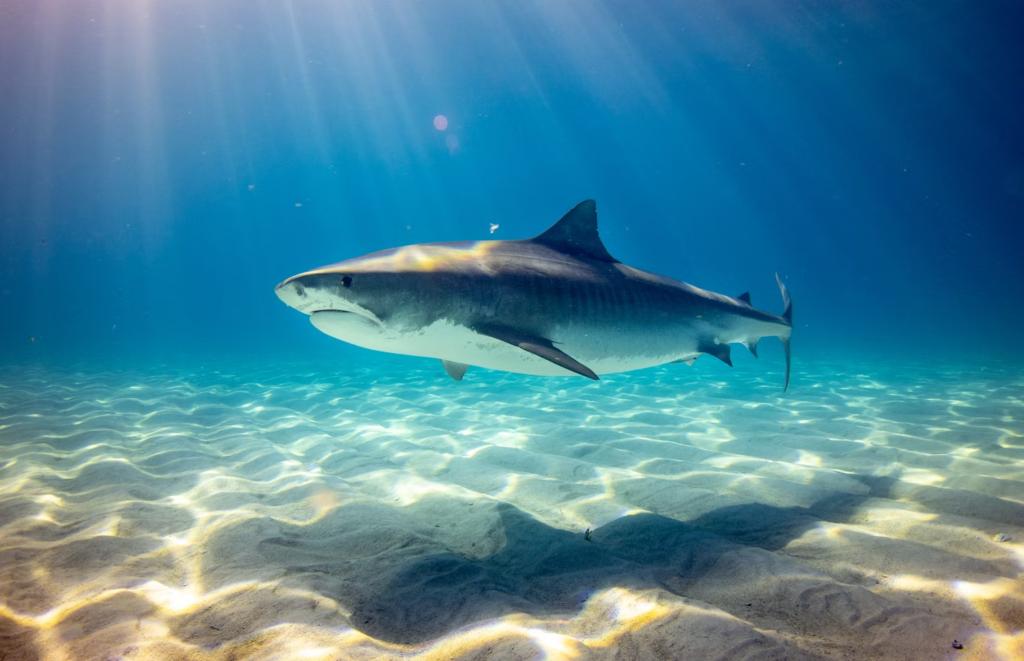
Top Shark Diving Destinations in the Bahamas
1. Tiger Beach
Tiger Beach, located near the western end of Grand Bahama Island, is one of the most famous shark diving locations in the world, particularly for encounters with tiger sharks. The shallow sandy seabed at Tiger Beach provides ideal conditions for underwater photographers and videographers, with calm waters and great visibility.
What makes Tiger Beach special is its abundance of large tiger sharks. These impressive predators are known for their boldness and curiosity, making for a great shark diving experience. In addition to tiger sharks, divers can often spot lemon sharks, Caribbean reef sharks, and occasionally nurse sharks patrolling the area. Other marine life at Tiger Beach includes stingrays, barracuda, and the occasional sighting of dolphins.
· Best time to go: October to January for peak tiger shark season, though tiger sharks are present year-round.
· Dive experience level: Open Water Diver if sufficient, though we recommend Advanced Open Water to enjoy the nearby deeper dive spots as well.

2. Cat Island
Cat Island is famous for its oceanic whitetip sharks, one of the most sought-after pelagic species for shark divers. Unlike reef sharks, oceanic whitetips are open-water hunters, making dives here feel much more adventurous. Encounters often occur in the blue, with no bottom in sight, creating a truly immersive pelagic experience.
Oceanic whitetips are known for their distinctive white-tipped fins and are bold sharks, often approaching divers closely. In addition to these sharks, divers at Cat Island may spot silky sharks, and on occasion, blue marlin or even dolphins during a dive.
Cat Island’s remoteness means fewer crowds and untouched dive sites, providing a more intimate shark diving experience. The surrounding waters are teeming with life, and when not diving with sharks, you can explore some of the island’s pristine coral reefs and walls.
· Best time to go: April to June, when oceanic whitetips are most frequently spotted.
· Dive experience level: Advanced Open Water Diver as you need to be comfortable with open-ocean diving.
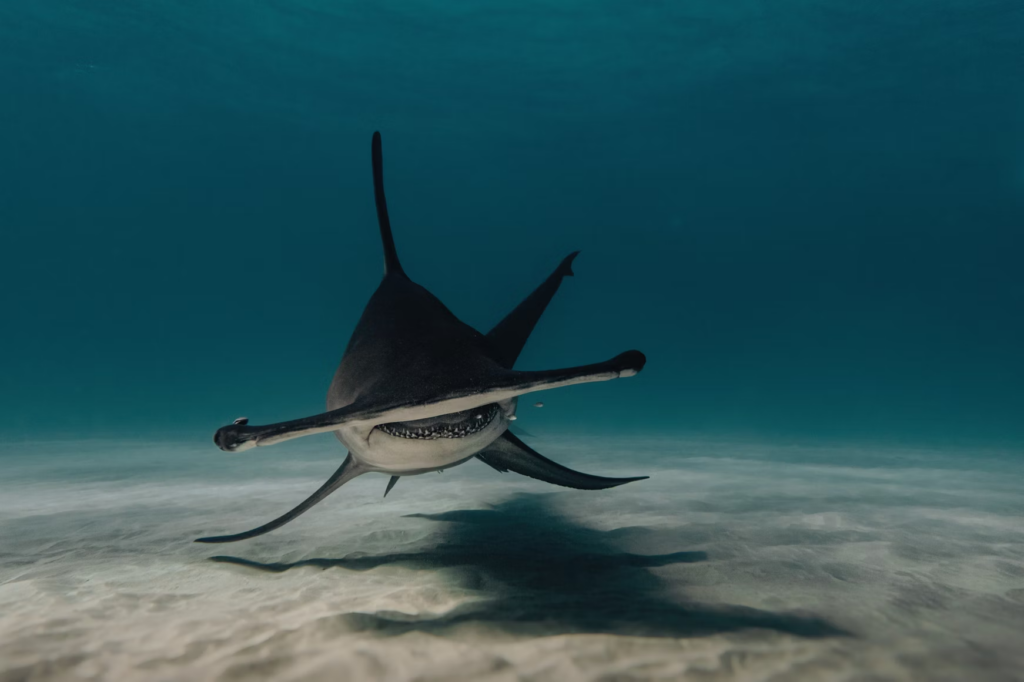
3. Bimini Island.
Bimini, a small chain of islands located just 80 km east of Florida, is known for its great hammerhead sharks. It is one of the few places in the world where divers can reliably see these elusive giants, with their distinctive hammer-shaped heads and sleek bodies.
Great hammerheads can grow up to 20 feet in length, and during the peak season, divers have the chance to encounter multiple hammerheads on a single dive. While hammerheads are the main attraction, Bimini also offers opportunities to dive with bull sharks, nurse sharks, lemon sharks, and Caribbean reef sharks.
Bimini’s vibrant coral reefs and mangroves are rich in marine life and provide excellent diving when not spotting hammerheads. The island’s marine ecosystem is also home to stingrays, eagle rays, and a variety of tropical fish species.
· Best time to go: December to March for great hammerhead sightings.
· Dive experience level: Advanced Open Water Diver. Some dives are relatively shallow, but the presence of large predators and strong currents can be challenging.
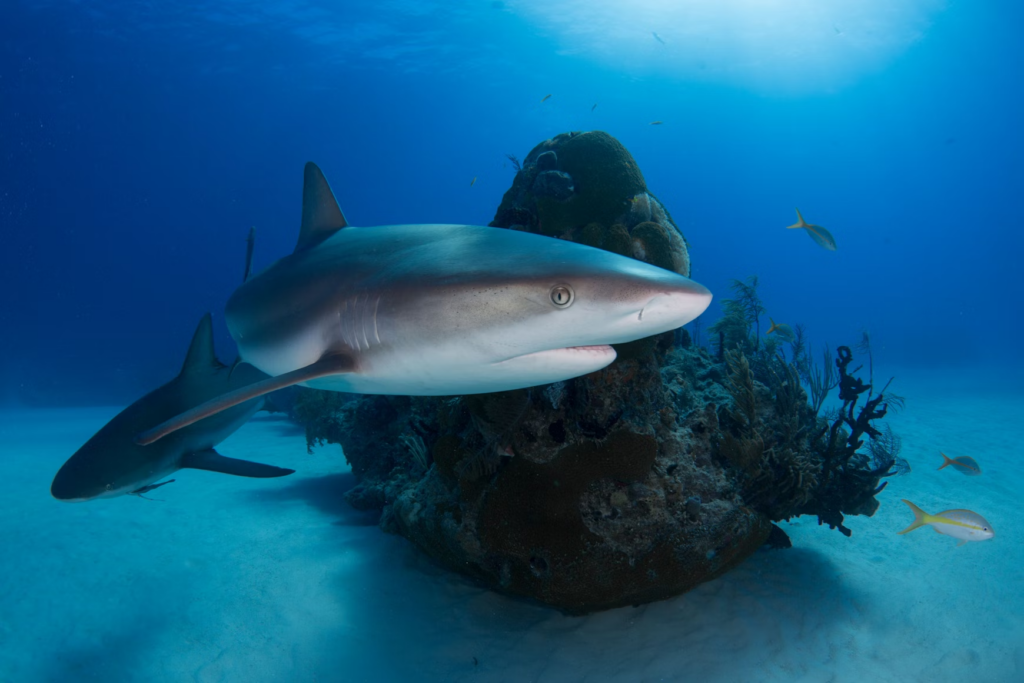
4. Nassau
Diving in Nassau is synonymous with shark diving, particularly with Caribbean reef sharks. Stuart Cove’s Shark Arena is one of the most well-known dive spots in the area and offers shark-feeding dives where you can observe these sleek predators up close.
The controlled environment allows divers to witness dozens of sharks circling nearby as they are hand-fed by professional feeders. In addition to reef sharks, it’s possible to encounter nurse sharks and, occasionally, larger species like bull sharks.
· Best time to go: Year-round, though visibility and water conditions are typically best from November to May.
· Dive experience level: Open Water certification is sufficient, but Advanced Open Water and a wreck diving certification are recommended to explore Nassau’s incredible wrecks.
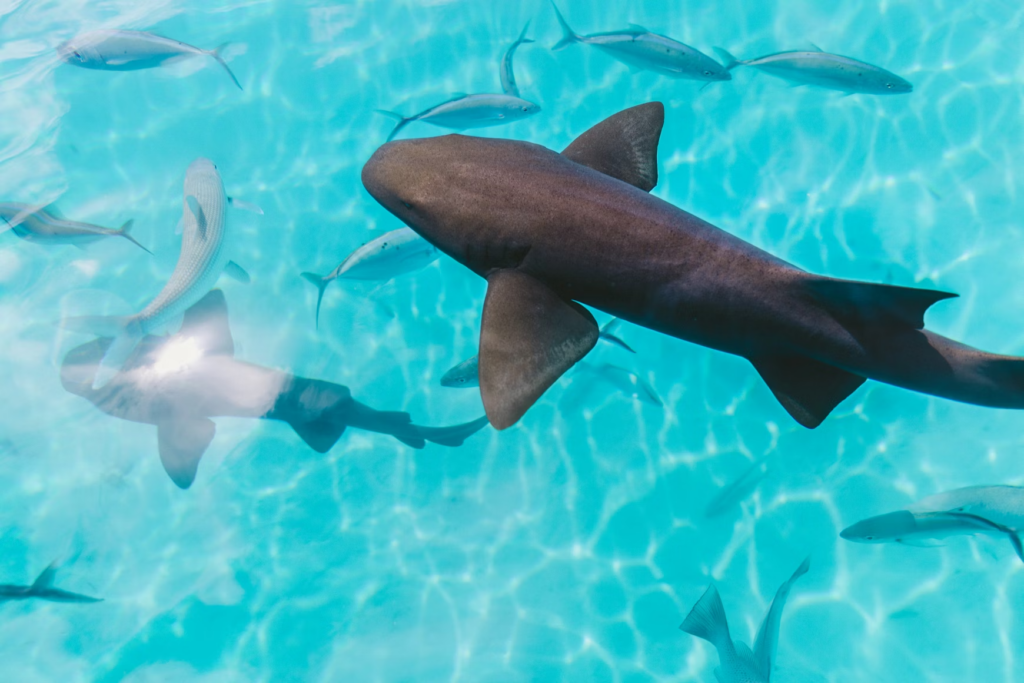
5. Eleuthera
Eleuthera, known for its long, thin stretch of land and pink sand beaches, is a more off-the-beaten-path option for shark diving. Here, you can dive with Caribbean reef sharks, lemon sharks and nurse sharks. While it’s not as famous as Tiger Beach or Bimini, Eleuthera’s relatively untouched dive sites offer a more relaxed and intimate experience with sharks.
· Best time to go: Year-round.
· Dive experience level: Open Water certification.
6. Andros Island.
Andros Island is the largest island in the Bahamas and is known for its blue holes and expansive barrier reef, which hosts a wide variety of shark species. Divers can encounter Caribbean reef sharks, lemon sharks, and nurse sharks, especially along the island’s reefs. Occasionally, larger species such as bull sharks, tiger sharks, and hammerheads can also be spotted.
Sharks aside, Andros is home to more than 200 blue holes, making it one of the largest concentrations of blue holes in the world. The most famous blue hole on Andros is Dean’s Blue Hole, which is the second-deepest known saltwater blue hole in the world, plunging to a depth of around 202 meters (663 feet). These blue holes are popular for both recreational and technical diving.
· Best time to go: Year-round, though the winter months (November to February) often offer better visibility. You’ll find more Caribbean reef sharks at Andros from November to May.
· Dive experience level: Advanced Open Water is recommended to make the most of diving at Andros Island.
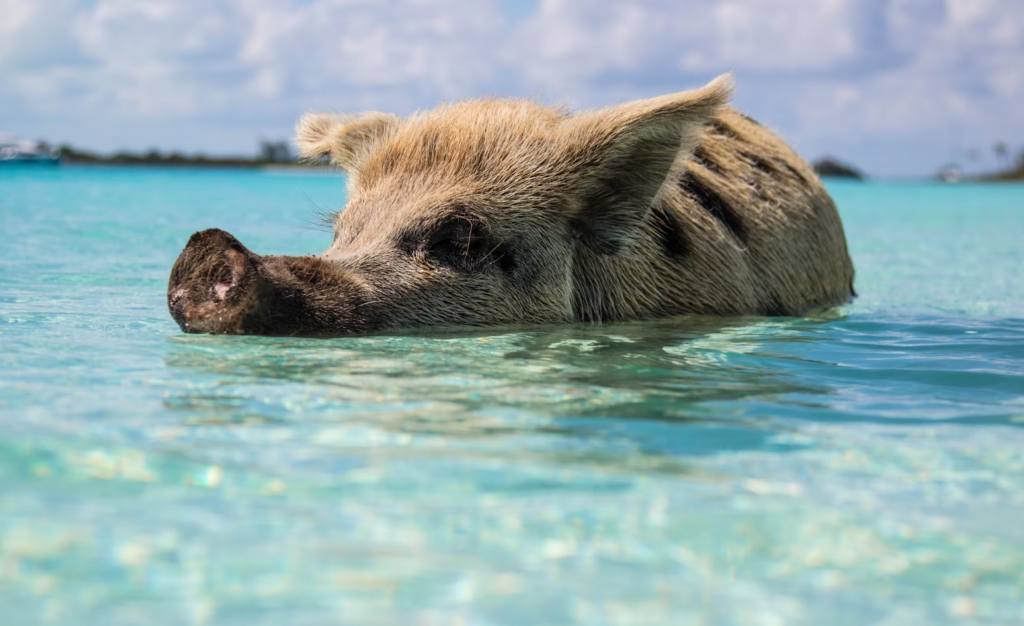
7. Exuma Cays.
The Exuma Cays, famous for their stunningly clear waters and beautiful islands, are also a great spot for shark encounters. Caribbean reef sharks are commonly seen there, particularly around the reefs and drop-offs. Divers can also encounter nurse sharks and lemon sharks, especially around wrecks and artificial reefs.
The Exumas also offers encounters with the famous swimming pigs at Pig Beach. While not a shark dive, it’s a fun and unusual addition to any trip!
· Best time to go: Year-round.
· Dive experience level: Open Water Diver certification.
Getting to the Bahamas
For Canadian divers, getting to the Bahamas is fairly straightforward with several direct flights available from major cities like Toronto and Montreal. Most flights arrive at Lynden Pindling International Airport (NAS) in Nassau, the capital, or at Grand Bahama International Airport (FPO) in Freeport, which is closest to Tiger Beach.
Once in Nassau or Freeport, it’s easy to go diving in the Bahamas by joining a liveaboard or connecting to other islands via domestic flights or ferries:
· Tiger Beach (Grand Bahama Island): Once you land in Freeport, Tiger Beach is a short boat ride away.
· Cat Island: Take a domestic flight from Nassau to New Bight Airport (TBI) on Cat Island.
· Bimini Island: Bimini is easily accessible from Nassau via domestic flights or ferries. There are also direct flights from Florida.
· Nassau (New Providence Island): Nassau is the main gateway to the Bahamas and is easily accessible via direct flights from major Canadian cities.
· Eleuthera: From Nassau, take a short domestic flight (about 20 minutes) to either Governor’s Harbour Airport (GHB) or North Eleuthera Airport (ELH).
· Andros Island: Take a domestic flight from Nassau to Andros Town International Airport (ASD). Andros is relatively remote, so liveaboards or dive resorts may be the best option for organizing your shark dives on this island.
· Exuma Cays: Fly from Nassau to Exuma International Airport (GGT) on Great Exuma. You can also reach the Exumas by liveaboard.
Kathryn Curzon, a shark conservationist, and dive travel writer for Scuba Schools International (SSI), wrote this article.

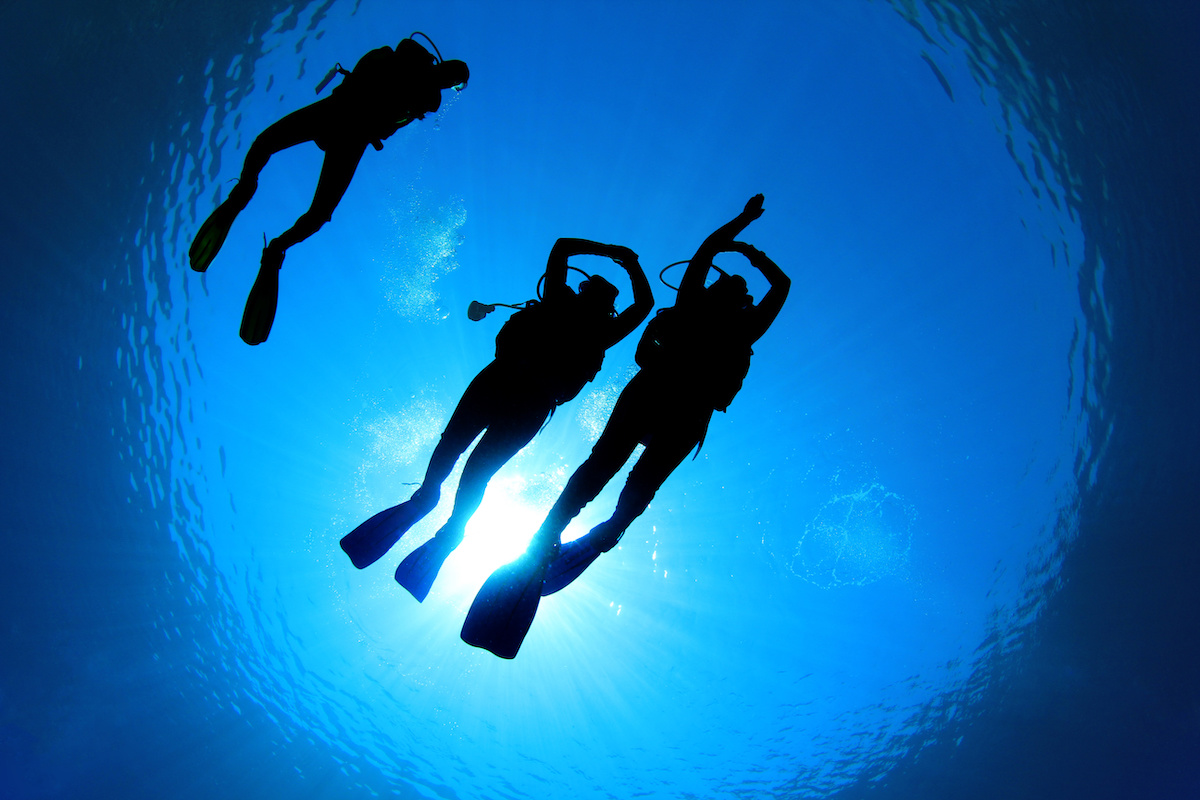
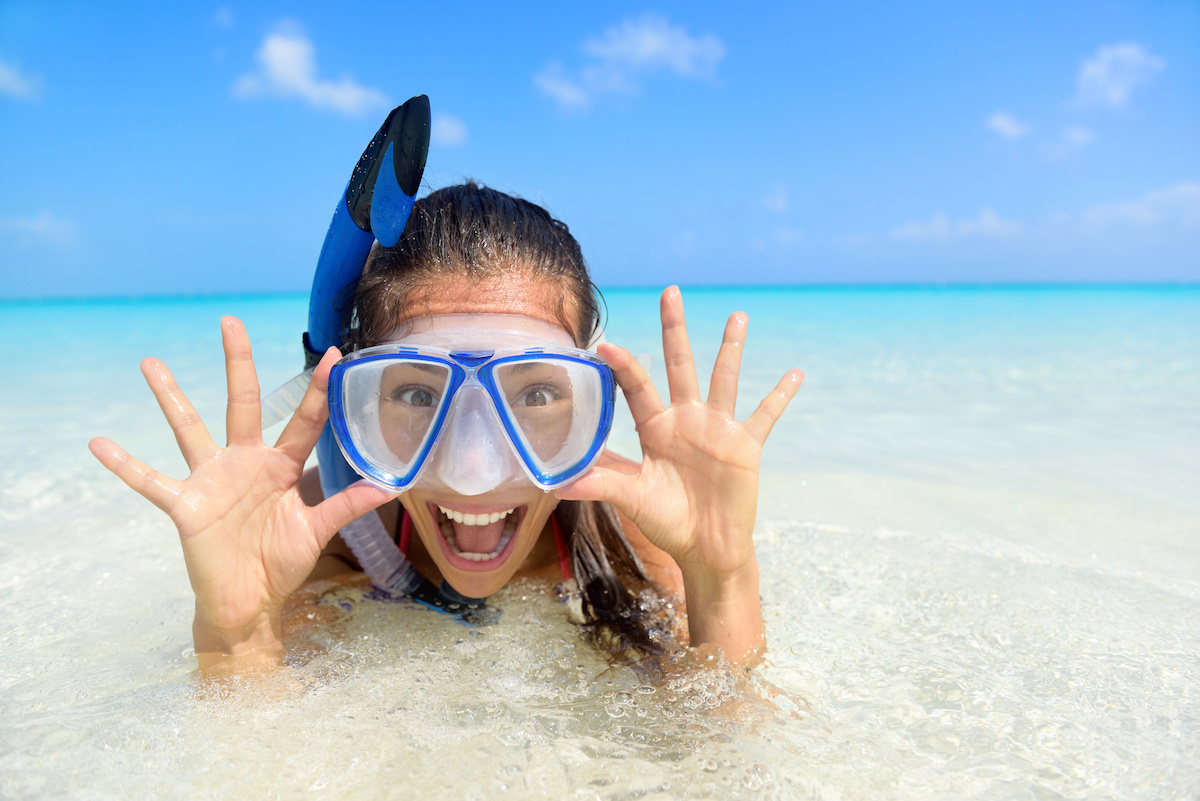

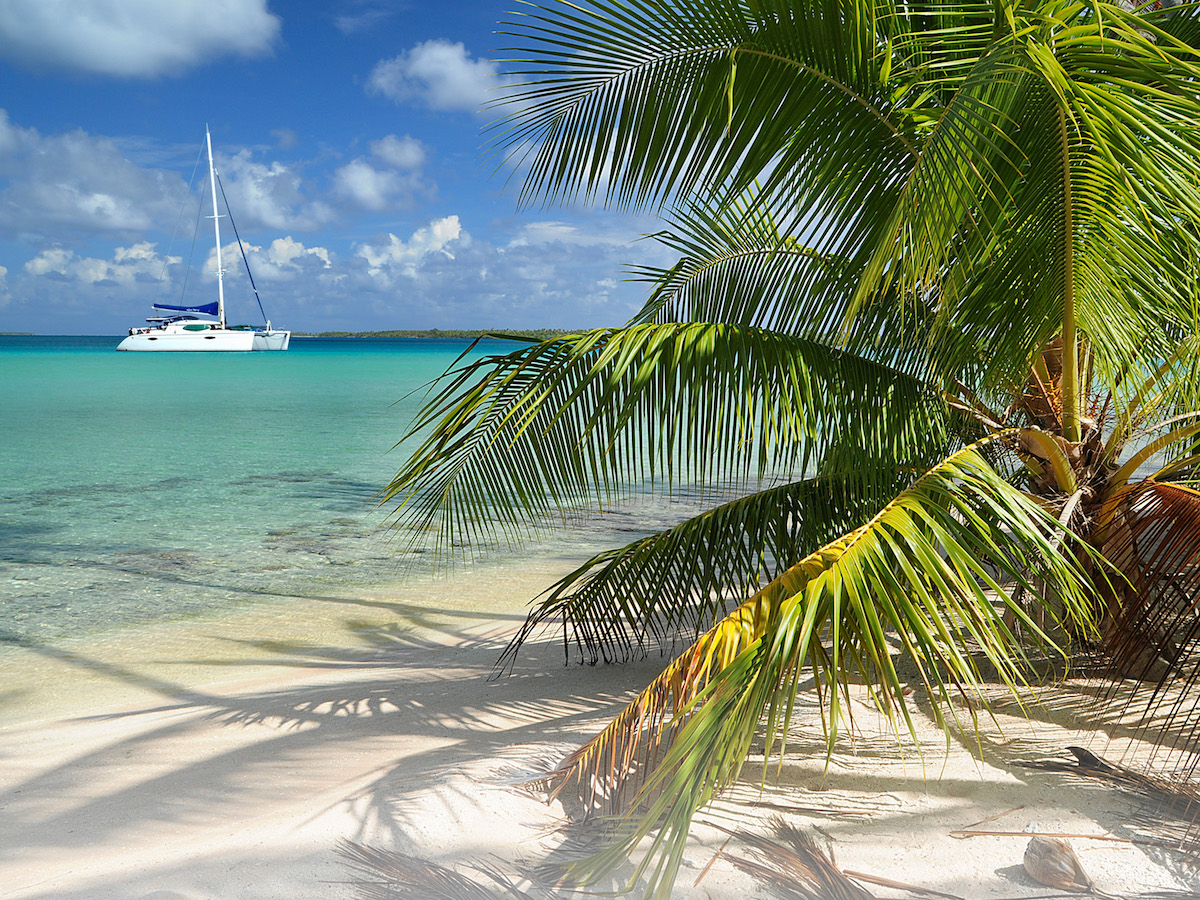

Leave A Comment